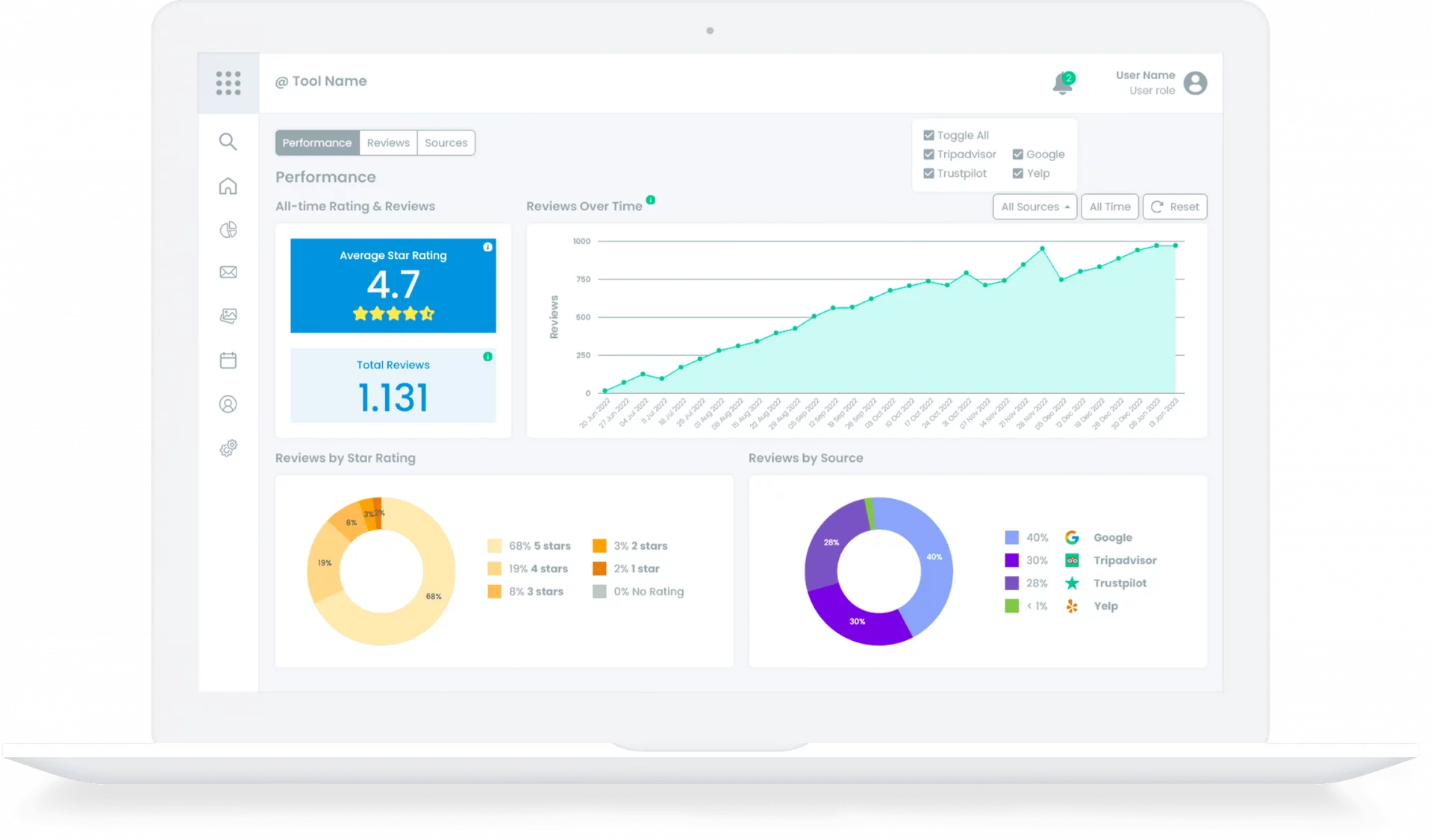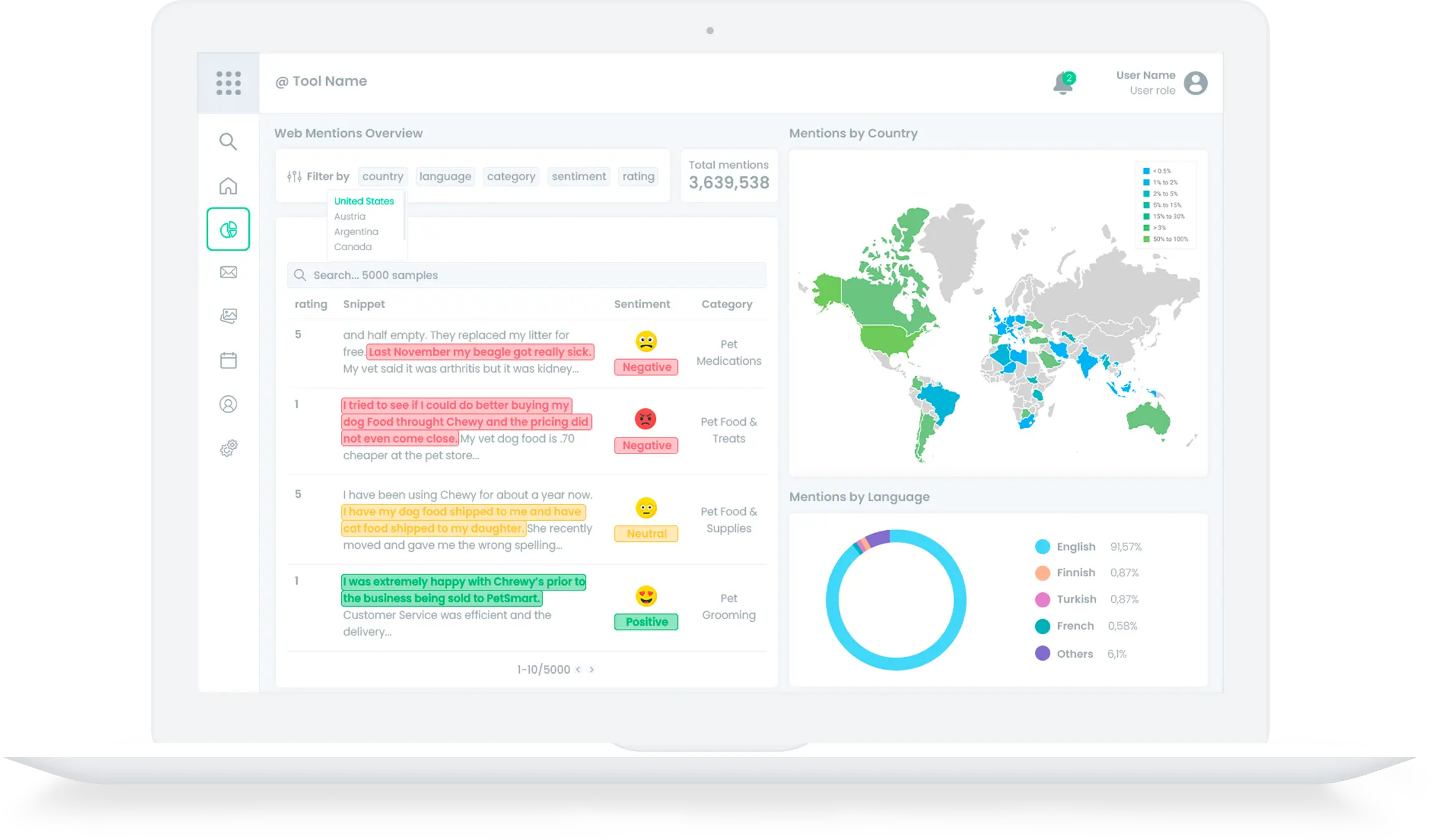
Review Monitoring
Review monitoring tools offer a range of features that help businesses keep track of customer feedback, assess client needs, and maintain an impeccable online reputation. Above all, they save users from manually searching for reviews on multiple sites, allowing for smooth and efficient feedback management in a single app.
This guide will give you precise instructions for building review monitoring features based on the Business Data Reviews API from DataForSEO.
Brand Sentiment Monitoring
Sentiment analysis and brand management SaaS tools enable users to find brand mentions and categorize emotions in texts in a few clicks.
At DataForSEO, we’re enabling our customers to collect brand or keyword mentions from across the web, and automatically score sentiment polarity and more advanced emotions using our multilingual (70+ lang.) Content Analysis API.
In this guide, we will carefully illustrate how it can streamline the creation of essential brand management functionality.
Release in days, not weeks
Integrating a new data source can take a lot of time and money. We accelerate this process by providing a user-friendly interface for controlling your API usage and spending.
DataForSEO offers a detailed documentation for every parameter, field and function you can come across while using our APIs and databases.
Every DataForSEO user has access to a comprehensive graphic user interface (GUI) and can monitor and control every aspect of data usage.
Our support team is available 24/7 to ensure you get the required assistance and all your requests are addressed promptly and proficiently.



